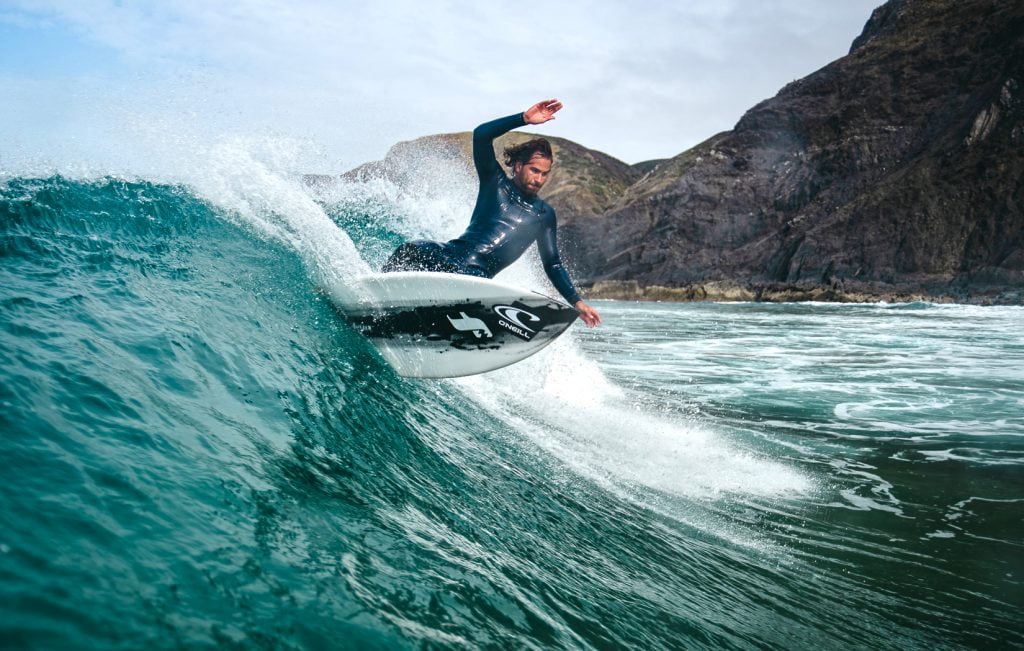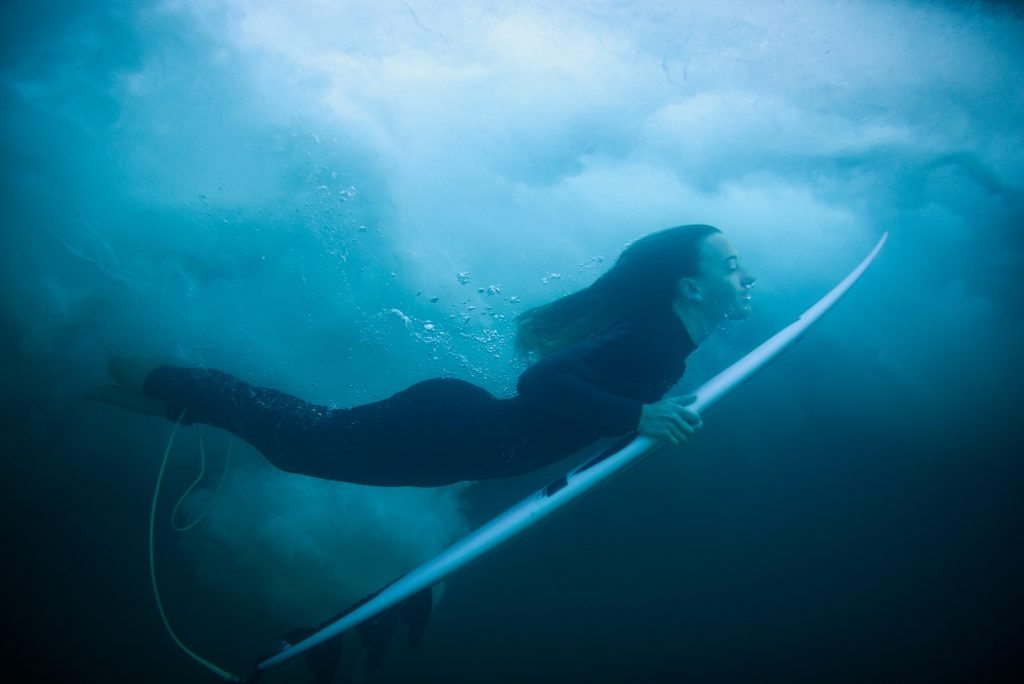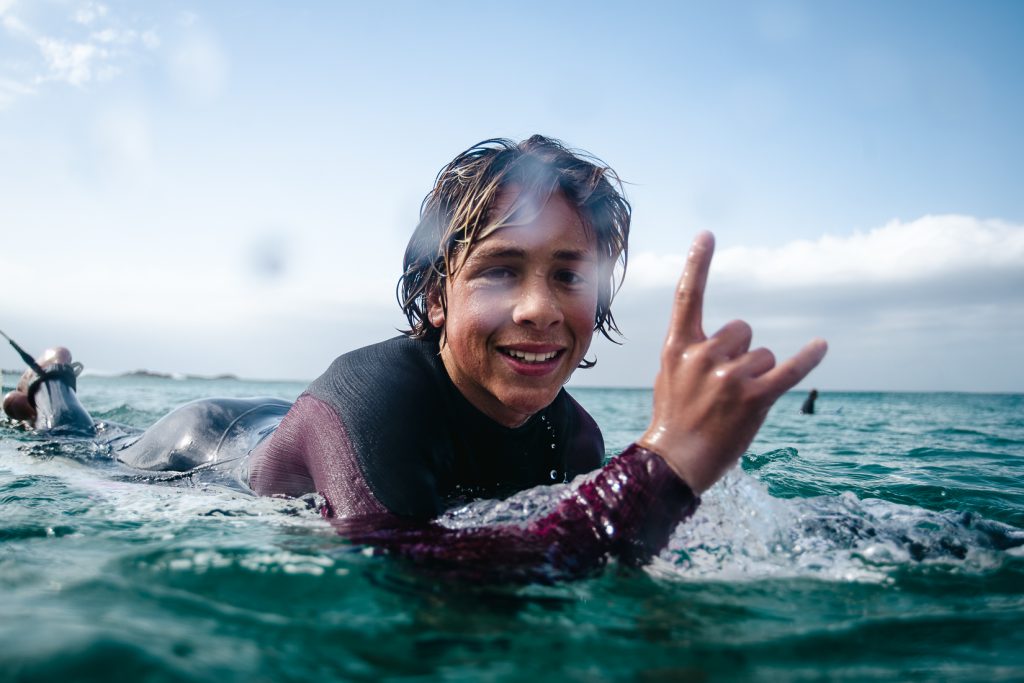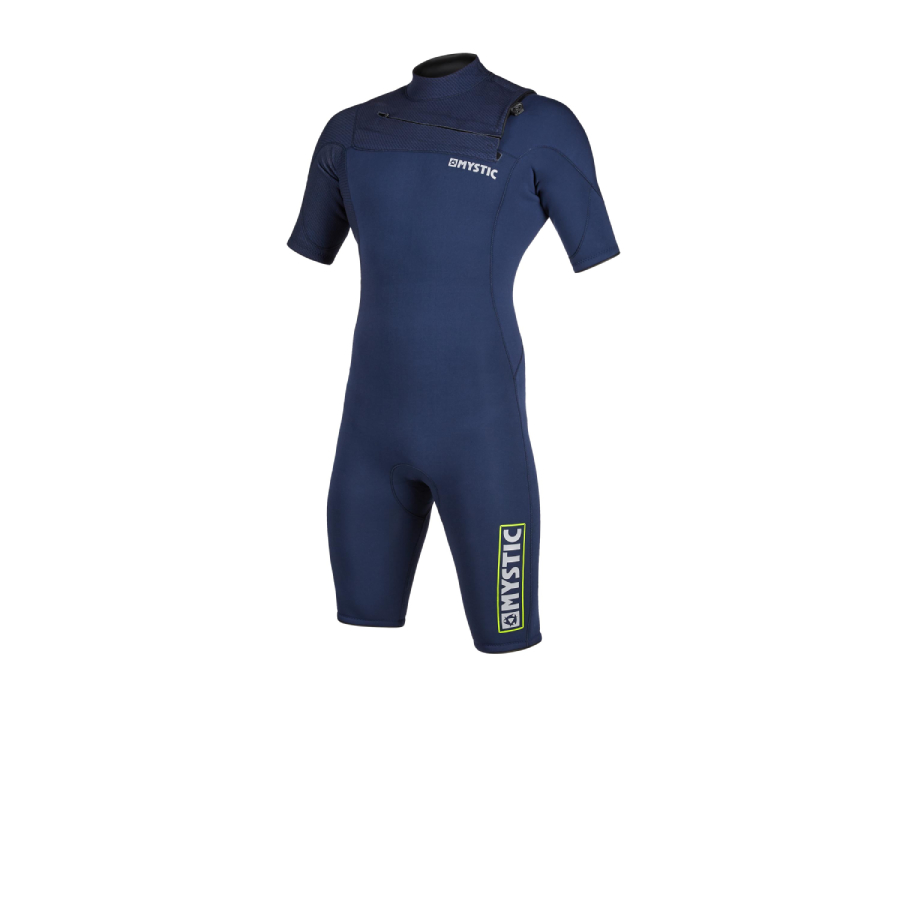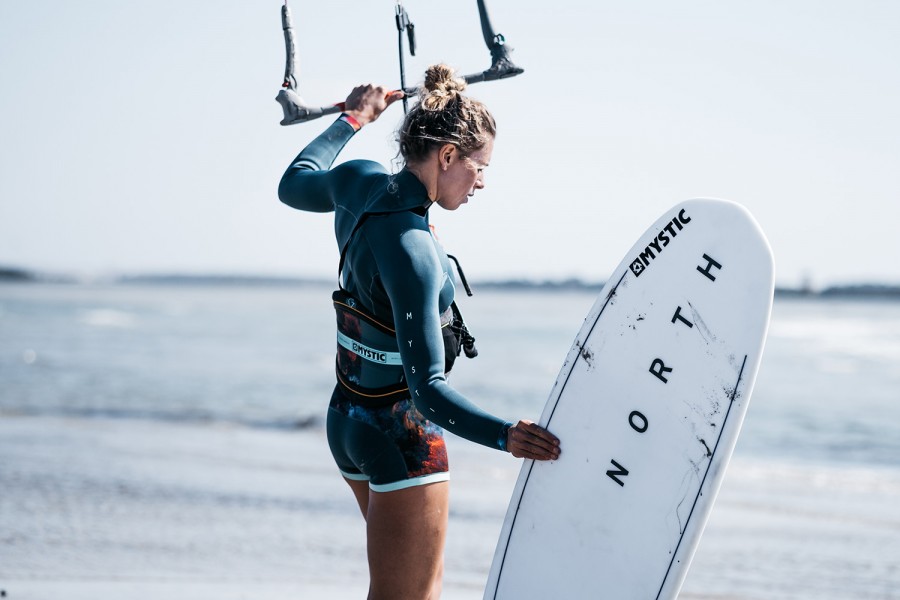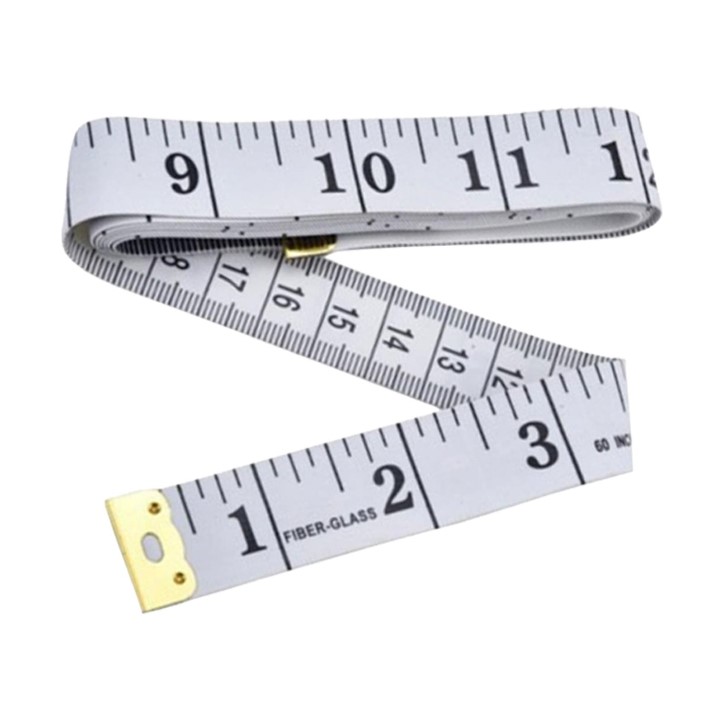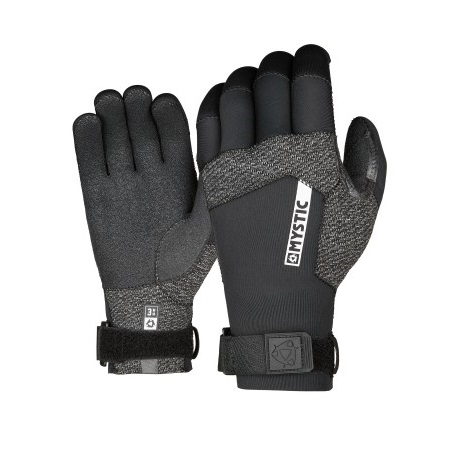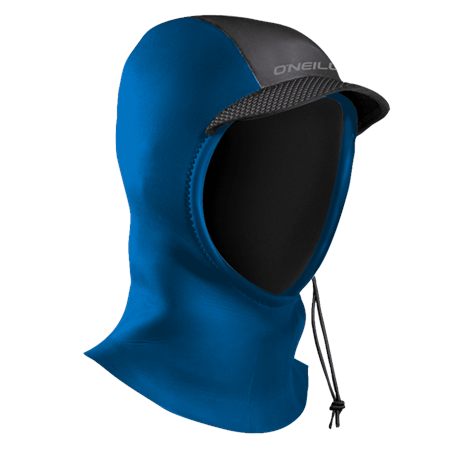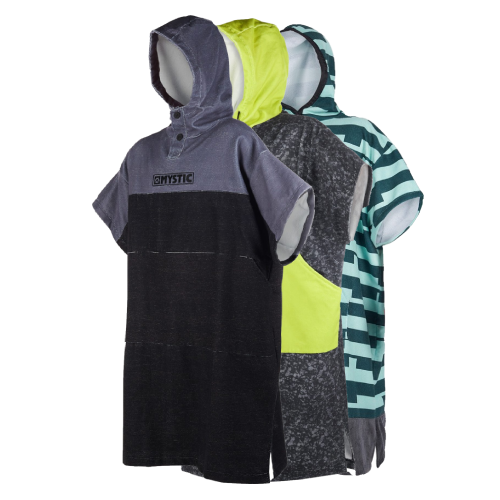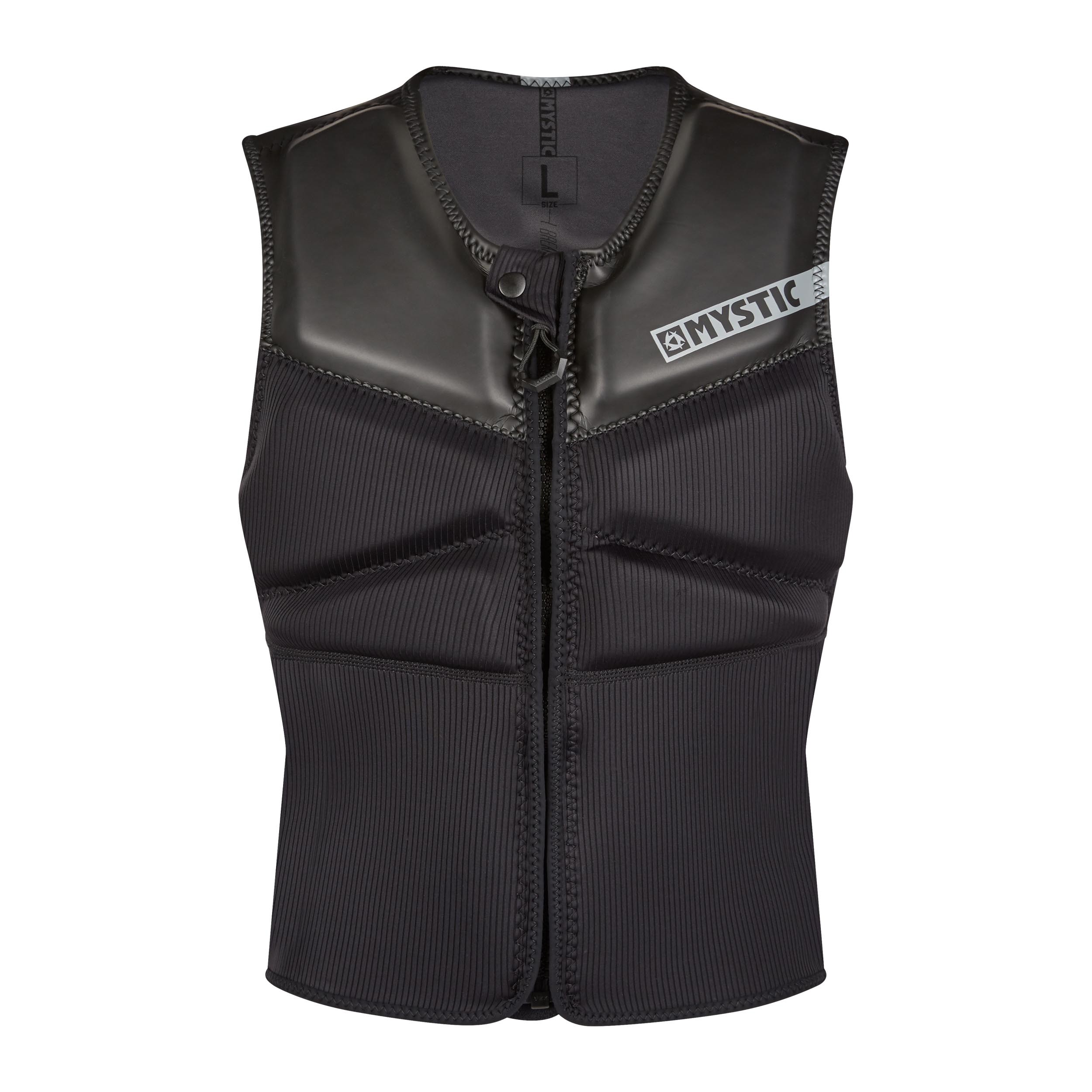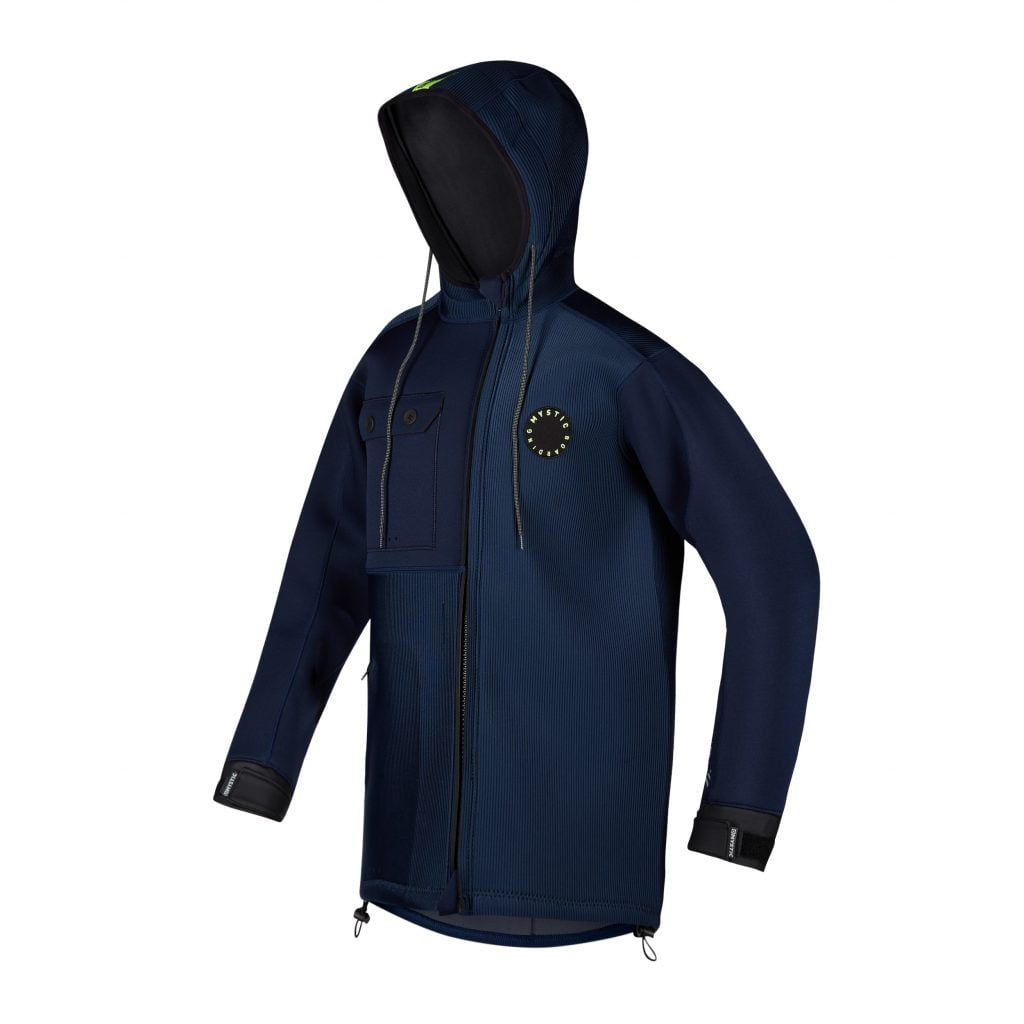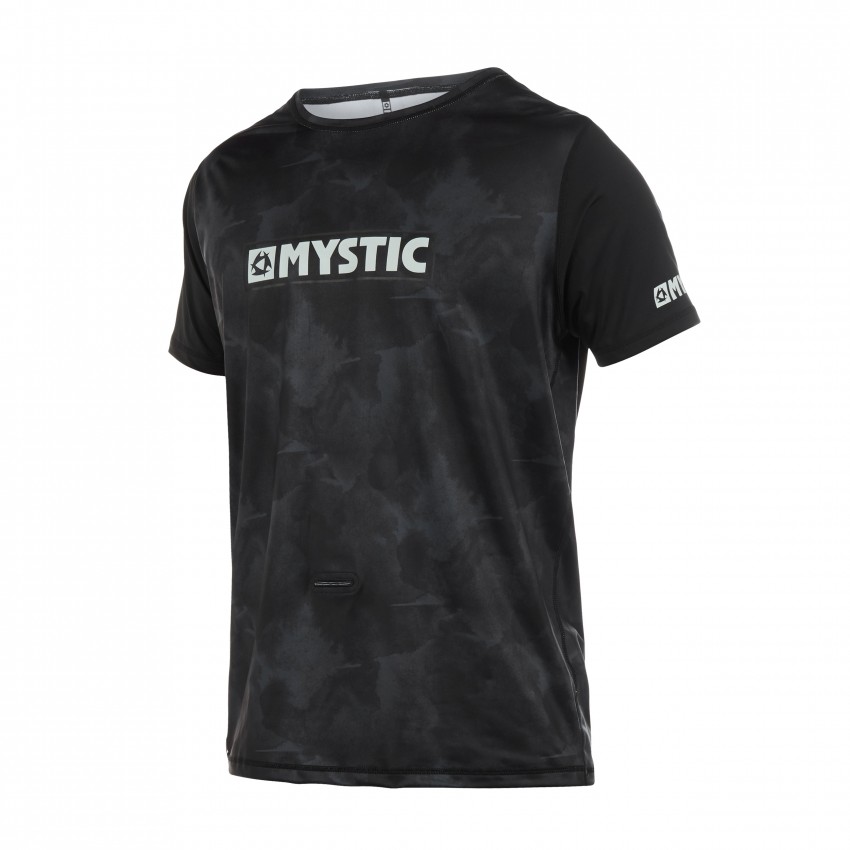Accessories
Wetsuits
Winter and summer Wetsuits by Mystic, O’Neill, Manera and Ion. We offer a range of wetsuits with GBS, firewall chests, liquid seams, techno butter and more features to keep you warm and flexible while Kitesurfing, Surfing, Stand Up Paddleboarding or any other water sport.
How to choose your wetsuit
Choosing your wetsuit is all about understanding where you will be using your suit and what you want from it, this can be down to warmth, flexibility or durabilty, but the key part to all of it is the fit, we always recommend using the size charts or coming down to the centre to try them on.
Types of Wetsuits
Winter Wetsuits, These are usually 5mm for the main sections and 3 or 4mm on the arms and behind the knees to help with flexibility. Some suits come in a thicker option of a 6/5/4, 6mm on the chest, back and front of the legs with 5mm on the leg sections and need more flexibility and 4mm on the arms, you will likely have this wetsuit with a integrated hood.
Summer Wetsuits, Usually 3mm for the chest and legs and 2mm for the arms and behind the knees, they are mostly full suits or shorty versions, also available as long or sort johns and legging style.
Full suit – This is a wetsuit with long arms and long legs.
Shorty – These end around t shirt length on the arms and just above the knee on the legs
Long arm shorty – Short legs with full length arms, great for kitesurfing where our upper body is cooled by the wind more, or in sunny places to protect from UV.
Long arm short leg – This is similar to the long arm shorty however the leg instead goes over the knee. Also know as Overknee and can come with long or short arms.
Long John – Full length leg with vest style at the top, great for paddle boarding as it keeps the arms from being restricted.
Short John – Just like the standard shorty on the legs but with a vest style top, good for use as layer when a rash vest isn’t quite enough or paddle boarding.
Seams and Material
With all of the wetsuits the seams and the materials often make more difference than the thickness, flat lock seams are very basic and allow water to pass through the stitching holes. Glued and blind stitched (GBS) only stitch half way through the neoprene and glue the other side to make a complete seal. Although both these options eventually allow water to ingress which is where taped and liquid seams are used in higher end suits. These have a layer of rubber/glue that goes along the seam, which cover up the seams and does not allow the water to penetrate through, creating significantly less flushing of fresh water into the suit, making a much water outcome.
How a wetsuit should fit
Please see our video on putting on and checking your wetsuit fits.
Make sure you have checked the size guide.
Carefully put on the suit and check for areas of loose fitting or restriction.
Remember to remove all jewellery first as this can catch making it difficult to put on or damage the suit.
If you find putting a suit on difficult, try putting plastic bags over your feet first.

